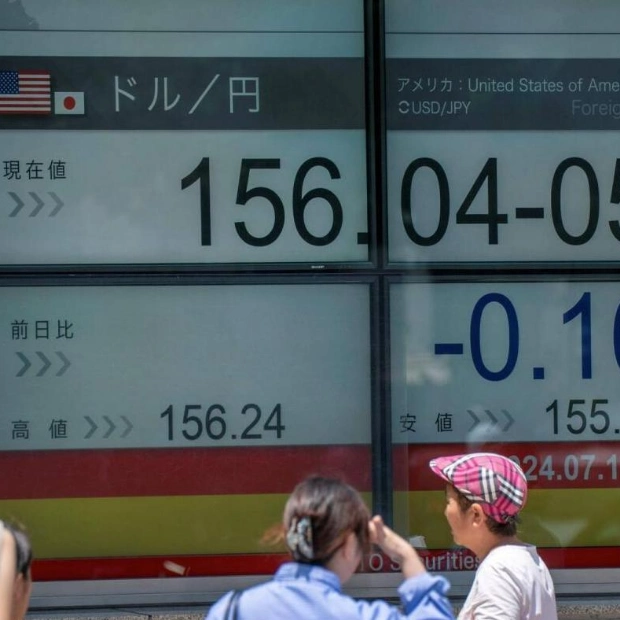According to World Bank economists, economic growth in the Middle East and North Africa (MENA) is projected to reach a modest 2.7% in 2024, rising from 1.9% in 2023. The World Bank's latest MENA Economic Update highlights that both oil importers and exporters are anticipated to grow at comparable rates in 2024. The forecast indicates a slight difference in growth between the GCC economies and developing oil importers (excluding Egypt) in 2024, contrasting with a 5.6 percentage point growth difference in 2022. The expected low growth is likely to result in only mild enhancements in living standards, with GDP per capita growth forecasted at a modest 1.3% in 2024, primarily driven by the GCC economies.
The report also addresses the impact of the Gaza conflict on the MENA region's uncertainty, particularly affecting maritime transport through the Suez Canal and global trade. The World Bank's Spring 2024 Gulf Economic Update predicts a rebound in the GCC region's growth, with expectations of 2.8% in 2024 and 4.7% in 2025. This recovery is attributed not only to the expected increase in oil output as OPEC+ eases production quotas but also to the strong growth in the non-oil sector, which is expected to continue expanding robustly. The GCC's commitment to economic diversification underscores their strategic focus on resilience and sustainable development amidst a volatile global economic environment.
Over the past decade, most MENA economies have seen a rise in their debt-to-GDP ratios. MENA oil importers face challenges in reducing debt as growth periods often coincide with faster debt accumulation, negating the typical reduction in debt-to-GDP ratios due to economic expansion. Additionally, these countries have struggled to reduce their debt-to-GDP ratio through inflation, mainly due to exchange rate fluctuations and unaccounted factors, highlighting the need for greater debt transparency. For MENA oil exporters, periods of high GDP growth typically align with smaller increases in nominal debt, contributing to a slower rise or faster decrease in the debt-to-GDP ratio.






